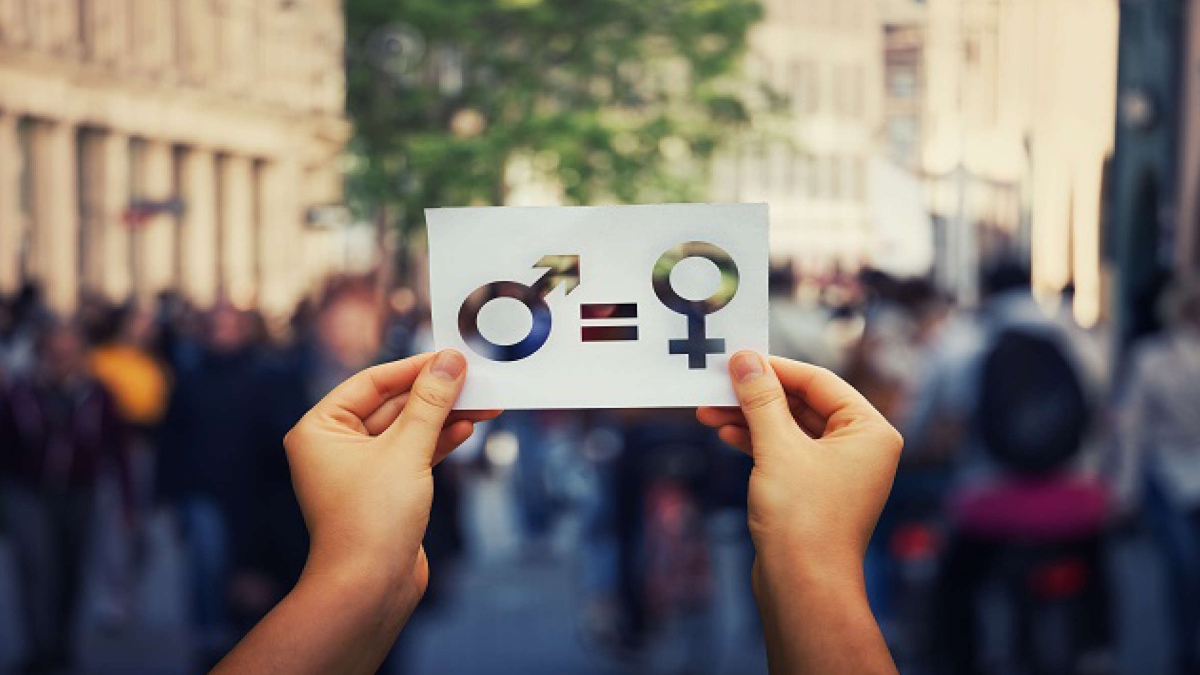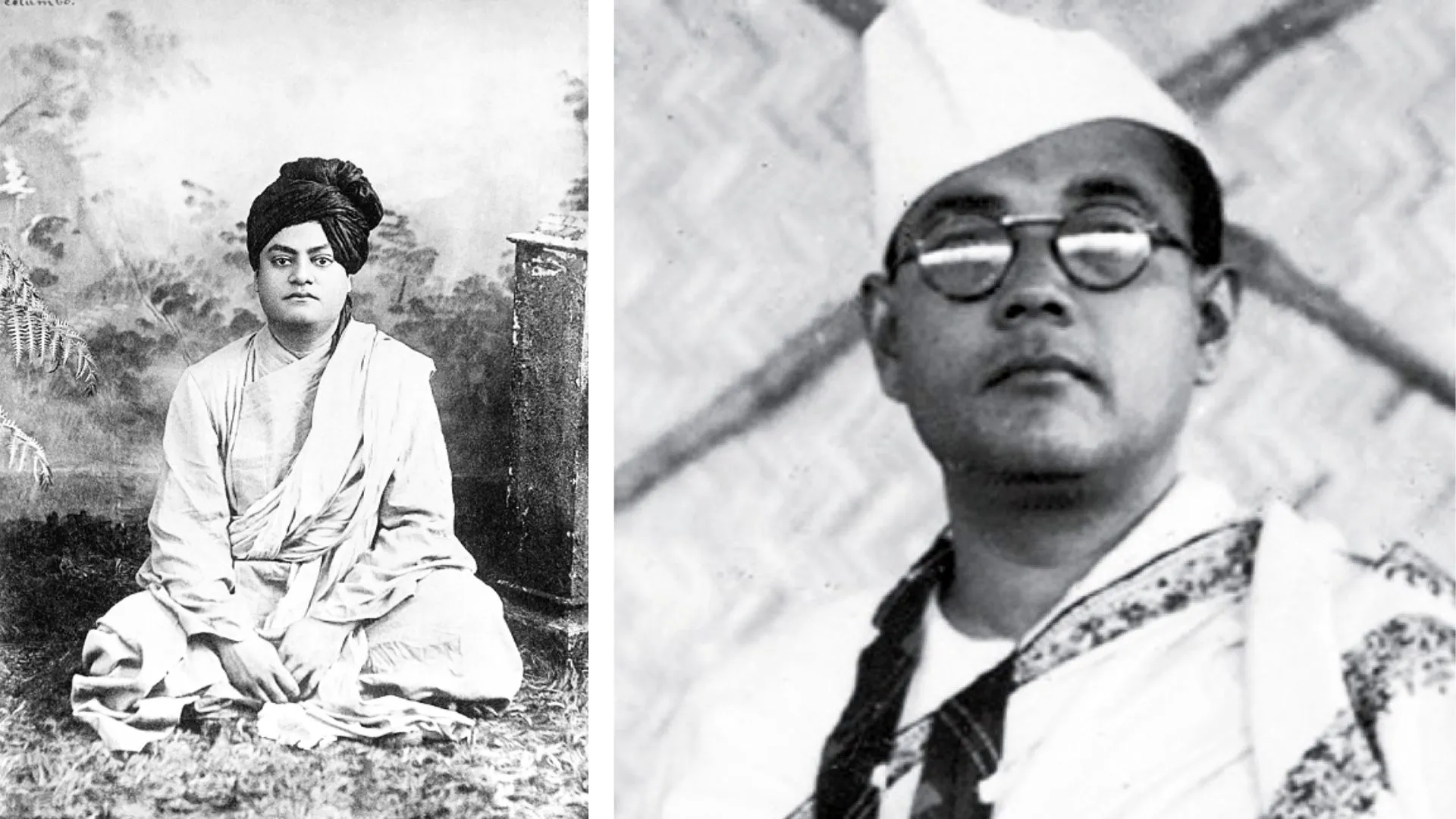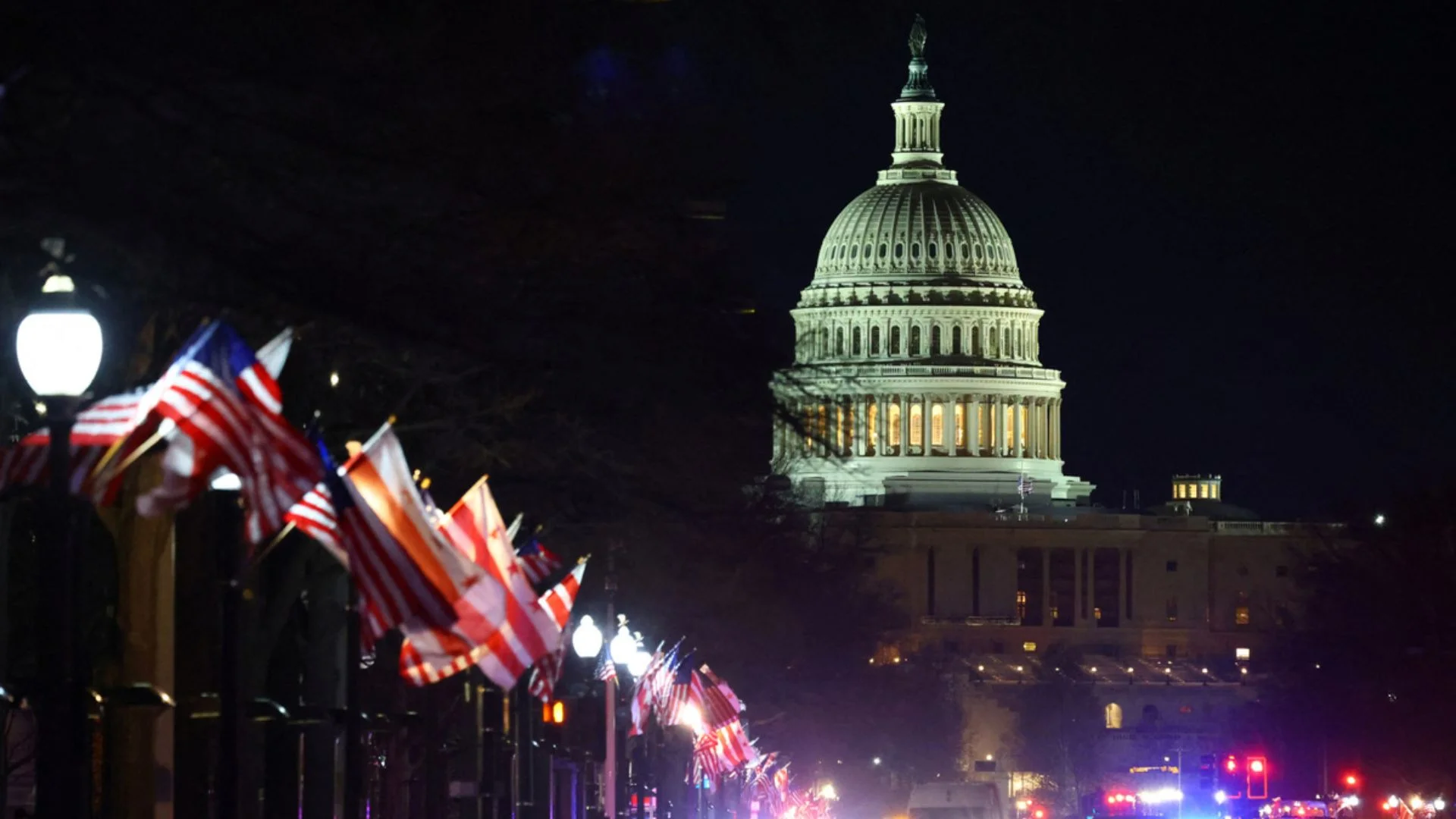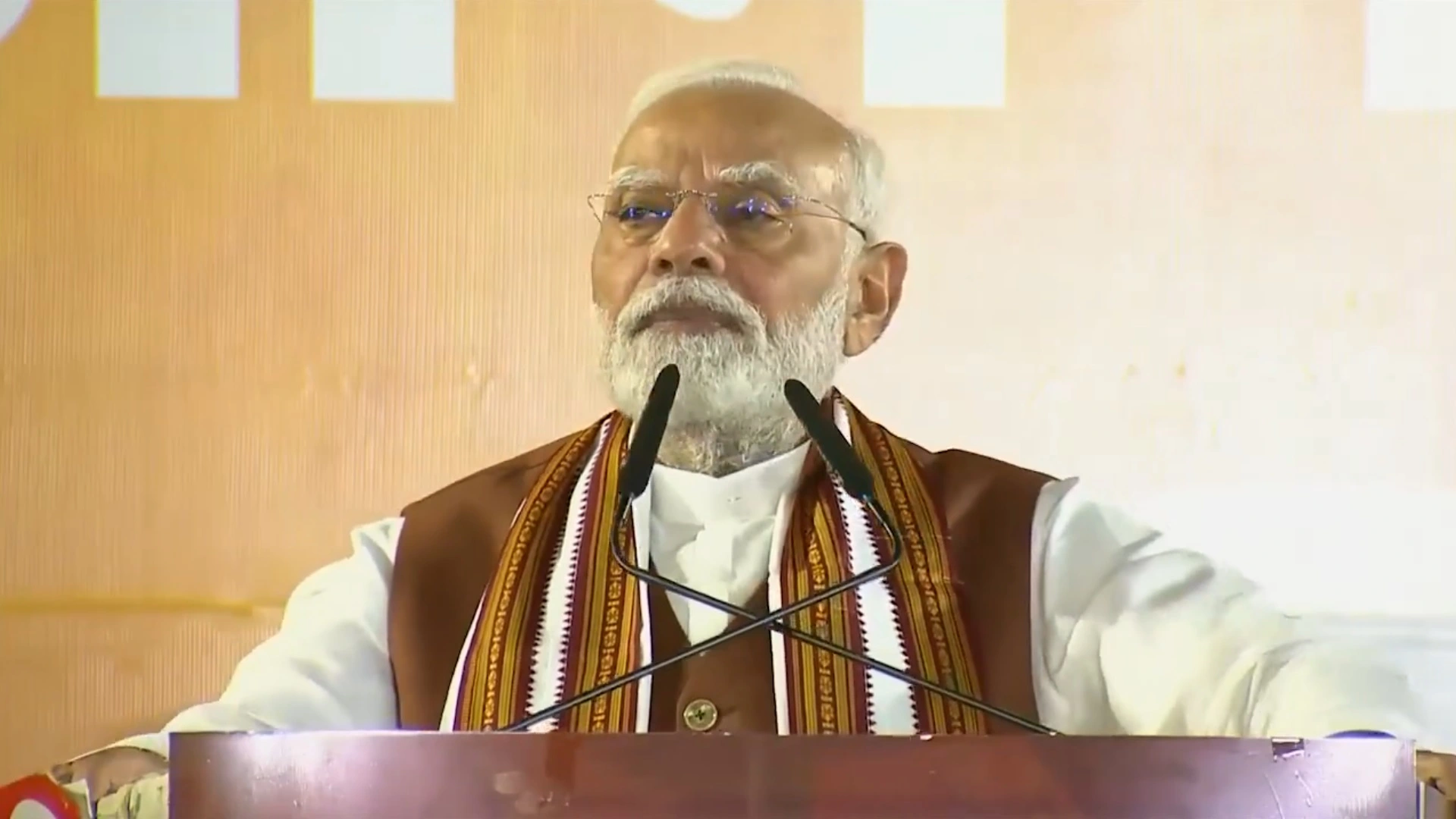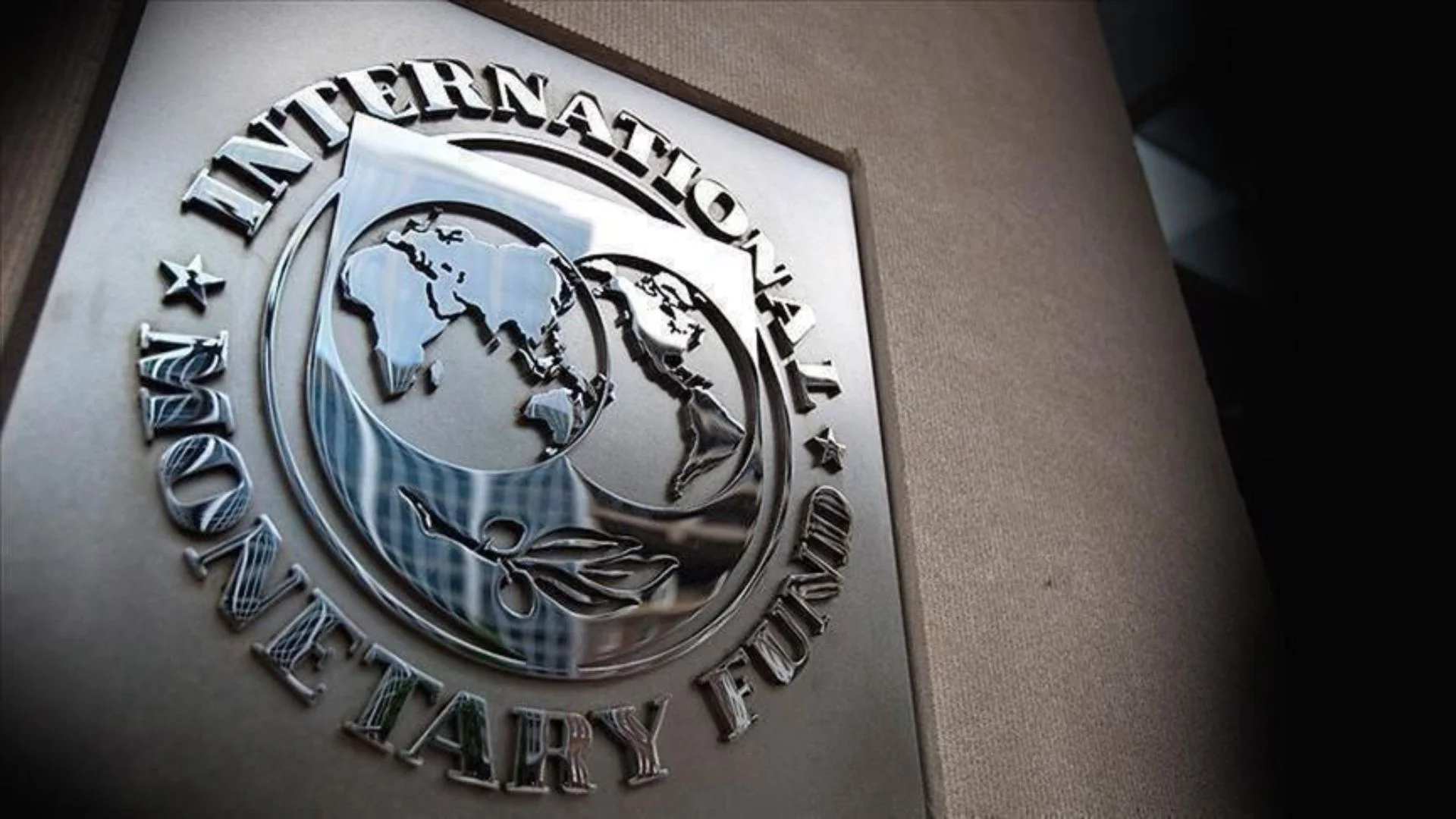ABSTRACT
When we discuss about this topic, there is usually a debate between menand women. Gender equality is a systemic redistribution of power, opportunities and access for people of all genders through the dismantling of harmful structures such as patriarchy, homophobia and transphobia. Terms such as racial justice and climate justice imply an intersectional approach that focuses on the needs, experiences and leadership skills of those most severely affected by discrimination and oppression. Human dignity is the highest attribute of society. Everyonestrives at the end of the day.
The Constitution of India also states that all citizens, regardless of caste/ creed / race / origin, should not be deprived of their human dignity.Gender equality is fundamental to sustainable and globally accepted development as a necessity for the promotion of human rights.
Gender inequality refers to the inequality of treatment of the perceptionof the individual. The status of women is the basis of society’s progress and is fundamental to human development. In India the birth of a girl is still not welcomed. Discrimination continues unabated, whether in the areas of survival, health, education, employment or any other broader perspective of social life.


OBJECTIVE
Are we still relying on old beliefs and traditions, or is there a modern perspective on gender?
Let us understand the above using 3 examples:
A) Case of the Sabrimala Temple in Kerala: The Sabarimala Temple is a Shasta temple in Sabarimala in the Pathanamthitta District, Kerala, India. According to the “Memory of the Uprising of the States of Travancore and Cochin”, published in two volumes by the Madras government in the 19th century, women of menstrual age were denied entry to the Sabarimala Temple, even if this was prohibited out of respect for the celibate nature consists of the deity (underage youthful man) in this temple.
B) Women in Business: From cradle to grave, women are exposed to numerous evils including discrimination, oppression, violence in the family, at work and in society.
C) Armed Forces: The debates about women in the Indian armed forces are quite noticeable as the stories of women wearing armour are not only an integral part of Indian mythology, but also part of the real life history of India before independence.
SABRIMALA TEMPLE
The Sabarimala Temple, thought about the homestead of Lord Ayyappa, Kerala. It restricted the passage of ladies in their ‘bleeding years’ (between the ages of 10 to 50), in light of the fact that it is a position of love. In 2006, Indian Young Lawyers Association recorded a public interest litigation request under the watchful eye of the Supreme Court testing the Sabrimala Temple’s custom of barring ladies. The Association contended that the custom disregards the rights to equity under Article 14 and opportunity of religion under Article 25 of female admirers. The State fought that the Temple’s clerics have the last expert in this matter, The Travancore Devaswom Board has the lawful position to deal with the Sabarimala Temple’s organization. Article 26 of the Constitution, guarantees a religious denomination the right to manage its own internal religious affairs. Besides, the Sabarimala exceptionally was secured by Rule 3(b) of the Kerala Hindu Places of Public Worship (Authorization of Entry) Rules, 1965 (“Public Worship Rules”). The standard permitted the prohibition of ladies from public spots of love, if the rejection depended on ‘custom’.
In 1991, the rejection had been tested under the steady gaze of the Kerala High Court in S. Mahendran v. The Secretary, Travancore. The Court decided that the rejection was sacred and supported, as it was a long-standing custom winning since days of yore.
On 18th August 2006, the Supreme Court gave notification to the gatherings. On 7th March 2008, the matter was alluded to a three-judge Bench. It came up for hearing seven years after the fact, on 11th January 2016. On 20th February 2017, the Court communicated its tendency to allude the case to a Constitution Bench. At last on 13th October 2017, a Bench including Chief Justice Dipak Misra, Justice R. Banumathi, and Justice Ashok Bhushan requested a Constitution Bench to condemn the case. On 28th September 2018, the Constitution Bench conveyed its judgment.
In a 4:1 lion’s share, the court decided that Sabarimala’s prohibition of ladies abused the central privileges of ladies between the ages of 10-50 years and Rule 3(b) of the Public Worship Rules was unlawful. Justice Indu Malhotra conveying a contradicting assessment saw that in a mainstream nation, it was not for the Courts to meddle in issue of religion and the equivalent should be left to those rehearsing the religion. In excess of 50 survey petitions were in this manner documented by different associations including the National Ayyappa Devotees (Women’s) Association, the Nair Service Society, and the All Kerala Brahmin’s Association. The review petitions will be discarded after the Court initially chooses certain general established inquiries with respect to the transaction between the central rights to fairness and opportunity of religion.
CORPORATE SECTOR
Ladies are denied of monetary assets and are reliant upon men for their living. Work of ladies is regularly limited to homegrown circle, she is relied upon to do all the house hold tasks, which go unnoticed generally and is neglected. In present day times numerous ladies are coming out to work however need to bear double the responsibility. Additionally, she is last to be thought of and first to be terminated as she is viewed as less profitable than her partner.
Mechanical advancement in agribusiness and the shift from means to a market economy contrarily affects ladies, removing them off work as numerous ladies are less talented and need skills and education. Child Labour among young ladies and inconsistent wages for ladies for equal work is normal. Working ladies in all portions of society face different types of segregation.
Aside from these laws there are a few authorizations relating to industry or work which contain unique arrangements for ladies, for example: The Workmen Compensation Act, 1923; Payment of Wages Act, 1936; Factories Act, 1948; Maternity Benefit Act, 1961; Minimum Wages Act, 1948; Employees State Insurance Act 1948 and Pensions Act, 1987; and so on.
In Mrs. Neera Mathur versus Life coverage Corporation of India [1992 AIR 392: 1992 SCC (1) 286]
Neera Mathur was a probationer in the Life Insurance Corporation (LIC). During probation she applied and was granted maternity leave. She was simply discharged from service after she returned. Her discharge was defended by the LIC on the ground that she had given false declaration at the stage of entering the service. The court held that ‘the particulars to be furnished under columns (iii) to (viii) in the declaration are indeed embarrassing if not humiliating.’ These columns were held unreasonable and discharge was set aside
ARMED FORCES
Shockingly, notwithstanding the numerous occasions of bravery displayed by Indian ladies in the days going before the nation’s autonomy, the constitution of free India officially disallowed them from participating in the Indian military. The Army Act of 1950, the Air Force Act of 1950 and the Navy Act of 1957 specified that ladies were not qualified for enrolment to the powers, and that any deviation from this standard could just happen through exceptional notice.
On 17 February, the Supreme Court ensured ladies in the Armed Forces (AF) – specifically, the Army – the privilege to perpetual commission (PC) in The Secretary, Ministry of Defence v. Babita Puniya (from now on ‘Puniya’). Maintaining a 2010 Delhi High Court judgment, the Court held that the State ought to give equivalent freedoms to both ladies and men for deep rooted administration in the Army (excluding from battle jobs). In conveying the judgment, the Court has considerably extended the privilege to balance of female Army officials and further established the possibility that ‘sex’ isn’t just an organic class. The judgment builds up that strategies administering AF individuals can be tried against the non-separation arrangements under Articles 15(1) and 16(1). Typically, arrangements overseeing individuals from the AF appreciate relative resistance under Article 33of the Constitution from principal rights difficulties. Article 33 permits Parliament to draft laws that confine the crucial privileges of AF individuals to guarantee ‘the legitimate release of their obligations and the support of control among them’. Inquisitively, in Puniya, the arrangements under audit didn’t mean to limit ladies’ balance of chance, yet rather the inverse. The Union’s 25 February 2019 roundabout was an immediate consequence of the Delhi High Court’s judgment and expressly conceded female Army officials the privilege to PC. Given this, the Supreme Court held that the round could be tried against the non-separation arrangements in the Constitution. The Court upheld the circular but (subject to certain condition) but nevertheless used the judgement as an opportunity to observe that the Indian Army continues to perpetuate the stereotype that sex determines entitlements.
The underlying warning of AIR FORCE COMMON ADMISSION TEST (AFCAT) for Feb 2021, it obviously showed that 70 opportunities for Ground Duty-Non-specialized branch and not so much as one was available to ladies. Subsequent to bringing up questions and criticisms, at last IAF chose to permit ladies to apply for the previously mentioned branches. In the Indian Army when one composes the Combined Defence Services Examination wherein 4 institutes come under it, ladies are considered for just one out the four which is the Officer’s Training Academy (OTA), the other 3 being: IMA, INA, AFA-each one of them male dominated. OTA has openings for both and it’s interesting how there are 170 opportunities for men yet just 17 (10%) for ladies. Since ladies have reached the court, each year opportunity for ladies will go down in light of the fact that clearly, they are not equipped for performing various tasks. They aren’t permitted on ships, battle jobs, infantry.
PROBLEMS
In India, the disposition of victimization people has existed for ages and this influences the existences of both the sexes. Despite the fact that the Constitution of India has given equivalent rights to the two people, sex uniqueness remains. Ladies are seen to be burdened busy working.
The previously mentioned models express the accompanying issues looked by the female workforce in any specialized topic:
•According to the insights from the UN, women comprise half of the World Population, complete 66% of the work, get 10% of the all-out pay and own 1% of the all-out resources. The present circumstance is a lot of more awful in India.
•Women are regularly expected to change their positions according to the necessities of their accomplices or family. Crafted by ladies inside the family goes unseen as its considered their obligation to do family tasks when office work.
•In terms of level isolation, ladies are packed in low-paying positions. “Equivalent work and inconsistent compensation” is still a typical practice.
•Children growing up in this environment and seeing the differential job example of the man and lady become familiar with the exercises of sexual orientation imbalance directly from their youth and the example will undoubtedly proceed for ages.
•Participation of ladies in the dynamic methodology inside their home, working environment or local area is minor, not in any event, coming to 25% of the absolute populace of ladies in India.
SOLUTIONS
€It is currently experimentally settled that ladies’ schooling is a solitary solution for 1,000 cultural ills.
€Increasing ladies’ voice in dynamic; full cooperation of ladies in the public eye, beginning from independence in the family, to voice in all political cycles at local area, public and global levels.
€Quotas have been appeared to quickly expand female portrayal in corporate dynamic, just as governmental issues.
€Special rules administering ladies’ regenerative work and pointed, regardless, at accomplishing equivalent working conditions for rustic people ought to likewise be set up.
€Legislation ought to be passed qualifying homegrown laborers for a lowest pay permitted by law, government backed retirement and social administrations.
€To guarantee that the rule of non-segregation is noticed, express arrangement ought to be made for fines as a punishment for negation of the guidelines and checking and review bodies ought to be set up to guarantee consistence.
€The State should ensure ladies’ admittance to formal and casual schooling, specialized preparing and new advances.
There are likewise various enactments that have explicit arrangements to address ladies and their inclinations in this manner giving a solid administrative premise to sex equity in India. These are:
1.The Employees State Insurance (ESI) Act, 1948: The target of the Act is to accommodate certain advantages to representatives in the event of infection, maternity and work injury.
2.The Maternity Benefit Act (MB Act), 1961: The 1961 Act was corrected by the Maternity Benefit (Amendment) Act, 2016, while the advantages of the ESI Act are accessible to guaranteed ladies procuring up to INR 21,000 every month, the MB Act applies to each lady utilized in processing plants, mines, shops, business foundations that utilize at least ten representatives.
3.The Sexual Harassment of Women at Workplace (Prevention, Prohibition and Redressal) Act, 2013: Workplace lewd behaviour was first perceived by the Indian Legislature on account of Vishaka v. Territory of Rajasthan, in which the Supreme Court outlined certain rules, called the Vishaka Guidelines and gave headings to the Union of India to sanction a law for fighting inappropriate behaviour at working environments.
CONCLUSION
From the above clarified focuses we can see that female rights and instruction have been considered significant and as Michelle Obama appropriately said, “No nation can at any point genuinely thrive in the event that it smothers the capability of its ladies and denies itself of the commitments of half of its residents.” Young ladies ought to be instructed, recognized about their privileges, should be given open doors in various area of work power. Regardless of having such countless authorizations managing ladies issues yet the crimes against women are high. The segregation is still so predominant which is troublesome for the social climate. Except if the attitude of the general public is changed and an advanced methodology is taken towards insurance of rights and interest of ladies in the public arena they would be a survivor of unfairness.
There must be arrangements and projects that accomplish equity and value among ladies and men. To see the adjustment of the world, we pursue shifts in four key regions—Men and Women’s awareness; Women’s admittance to and authority over assets; Formal foundations, laws, strategies, and designs; Informal social standards and exclusionary rehearses.
There must be arrangements and projects that accomplish equity and value among ladies and men. To see the adjustment of the world, we pursue shifts in four key regions—Men and Women’s awareness; Women’s admittance to and authority over assets; Formal foundations, laws, strategies, and designs; Informal social standards and exclusionary rehearses.

